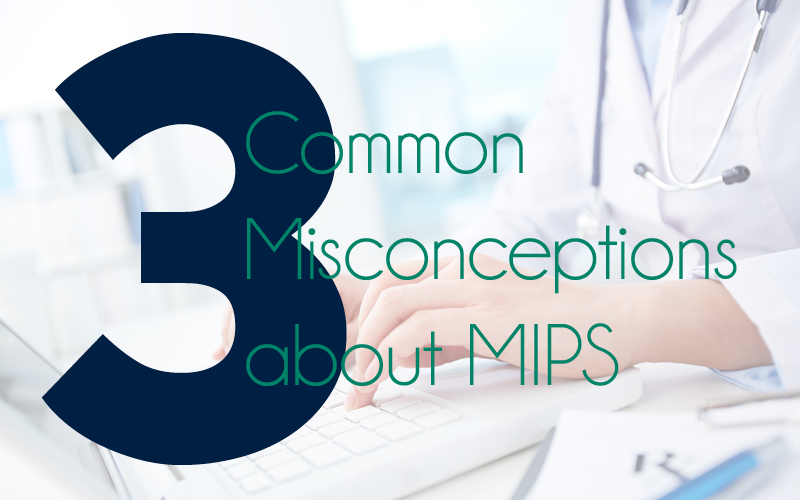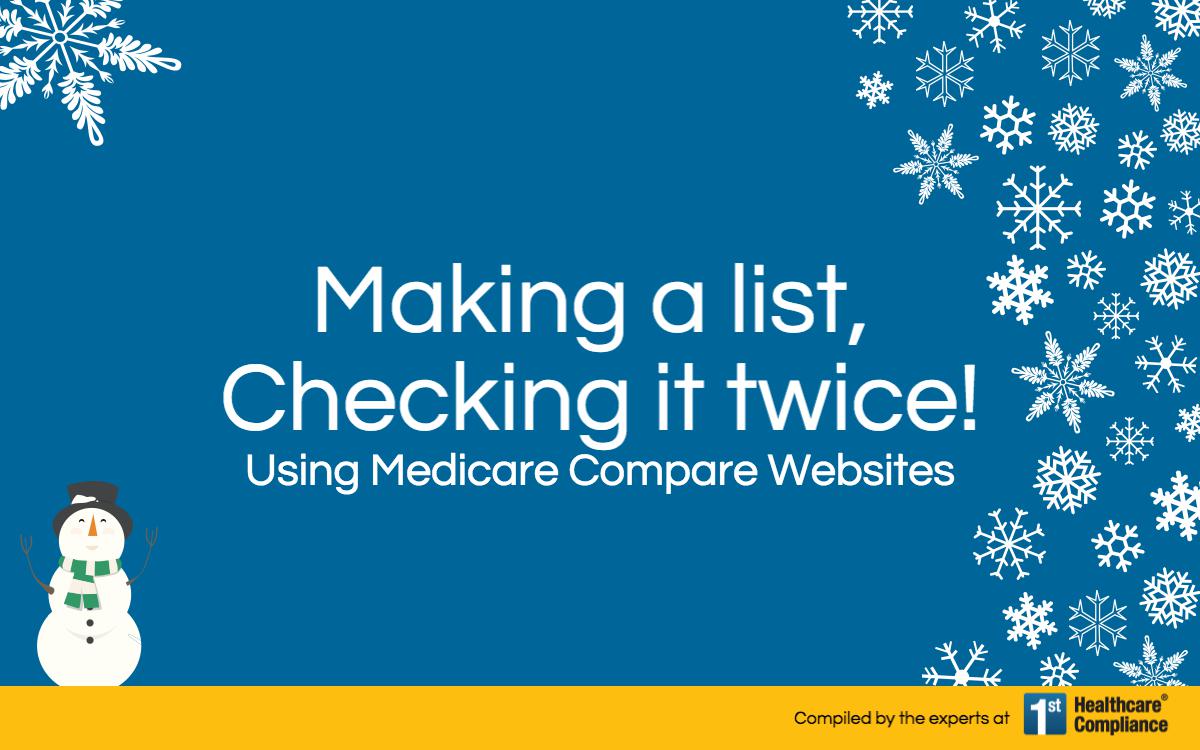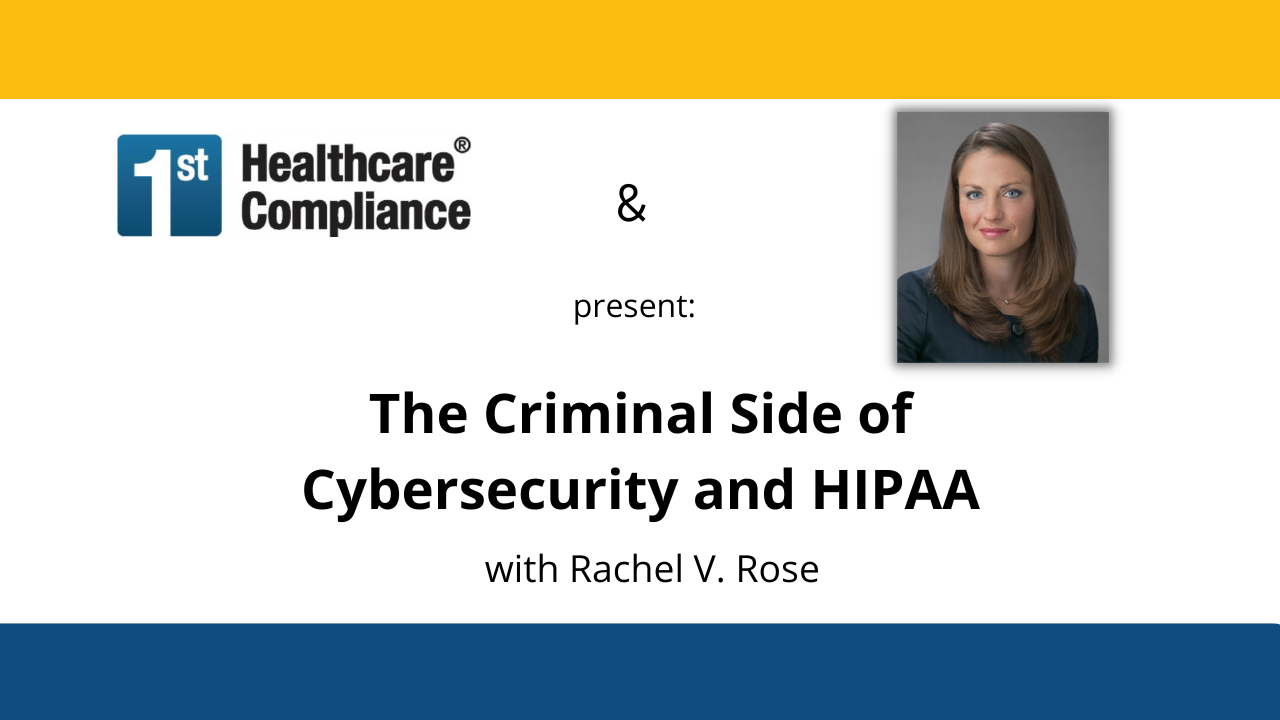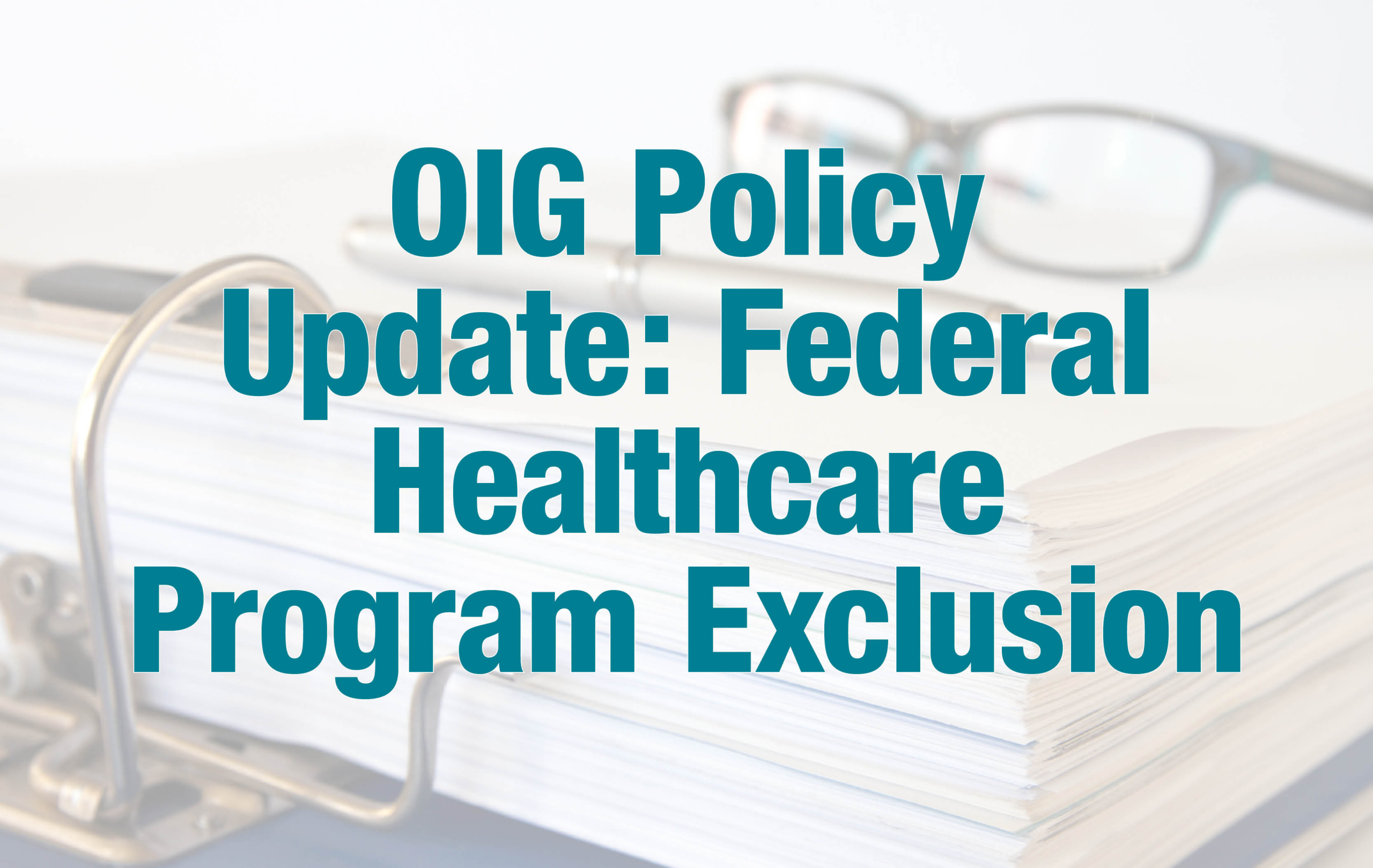3 Common Misconceptions about MIPS
Even though the largest healthcare fraud takedown in history occurred in July, 2017, QPP, MACRA, MIPS and APMs continue to dominate the compliance conversation. Confusion and discontent are present as providers and managers struggle to make decisions regarding their approach to regulations that will determine the amount of their future Medicare reimbursements. Results of a recent MGMA survey indicate that MIPS tops the list of regulatory burdens as most of the medical practices surveyed identify the Medicare Merit Based Incentive Payment System as either “very” or “extremely” burdensome. While getting on track with MIPS is a challenge, it’s worth addressing a few common misconceptions.
Misconception #1
“Complying with MIPS is going to be time consuming and costly, so we should just skip it this year.”
It’s not that difficult to avoid the penalty. With minimal effort during 2017 you will retain 4% more of your Medicare earnings in 2019. Completing any of the following would earn at least 3 overall MIPS points and avoid a penalty:
- Report one quality measure (on at least one patient)
- Attest “yes” to completing one improvement activity
- Report or attest to the four Advancing Care Info (ACI) base measures
It’s a good idea to submit more than one measure if possible. Consider it insurance to provide a margin of error. Reporting one quality measure on one patient isn’t very burdensome. However, if performing an improvement activity or the ACI base measures, you’ll need to determine which consecutive 90 -day period to submit.
If making the jump from penalty avoidance to bonus seems feasible, then you’ll need 90 days of consecutive data in three categories:
- Improvement activities
- Advancing care info
- Quality
It’s important to weigh the costs and benefits of participation in MIPS. Managers may consider multiple components when determining which route to pursue.
Misconception #2
“I don’t want to invest time and resources into something that might go away during the next couple of years.”
While no one has a crystal ball to predict the outcome of government volatility, we have no reason to expect that MACRA will go away. MACRA, the second-most significant health law signed into law by President Obama, is almost certain to survive in some form. The Affordable Care Act and MACRA are different. The focus of the ACA is on providing more access and reducing spending. MACRA is the result of a bipartisan effort and establishes a new way to reimburse physicians caring for Medicare beneficiaries. Under MACRA we will transition from a fee for service world to a value based payment system with the intent of saving money and improving quality. Even elimination of the ACA would not, therefore, eliminate MACRA.
Misconception #3
“I’m not even sure that MIPS applies to me.”
If you think MIPS doesn’t apply to you, you probably need to think again. There is a possibility that you are exempt, but it is not likely. Only a small percentage of alternative payment models qualify as Advanced APMs for 2017, meaning that most providers who receive Part B payments will need to participate in the MIPS program or face a penalty.
In 2017, there are three exemptions from MIPS for clinicians who otherwise meet the eligibility requirements:
- First year Medicare Part B participants
- Clinicians billing Medicare Part B less than $30,000 in allowed charges or providing care for fewer than 100 Part B patients in one year
- Providers sufficiently participating in an APM
If you want to learn more about MIPS and what it means for you, check out our online training modules and visit our blog for informative articles and infographics.






